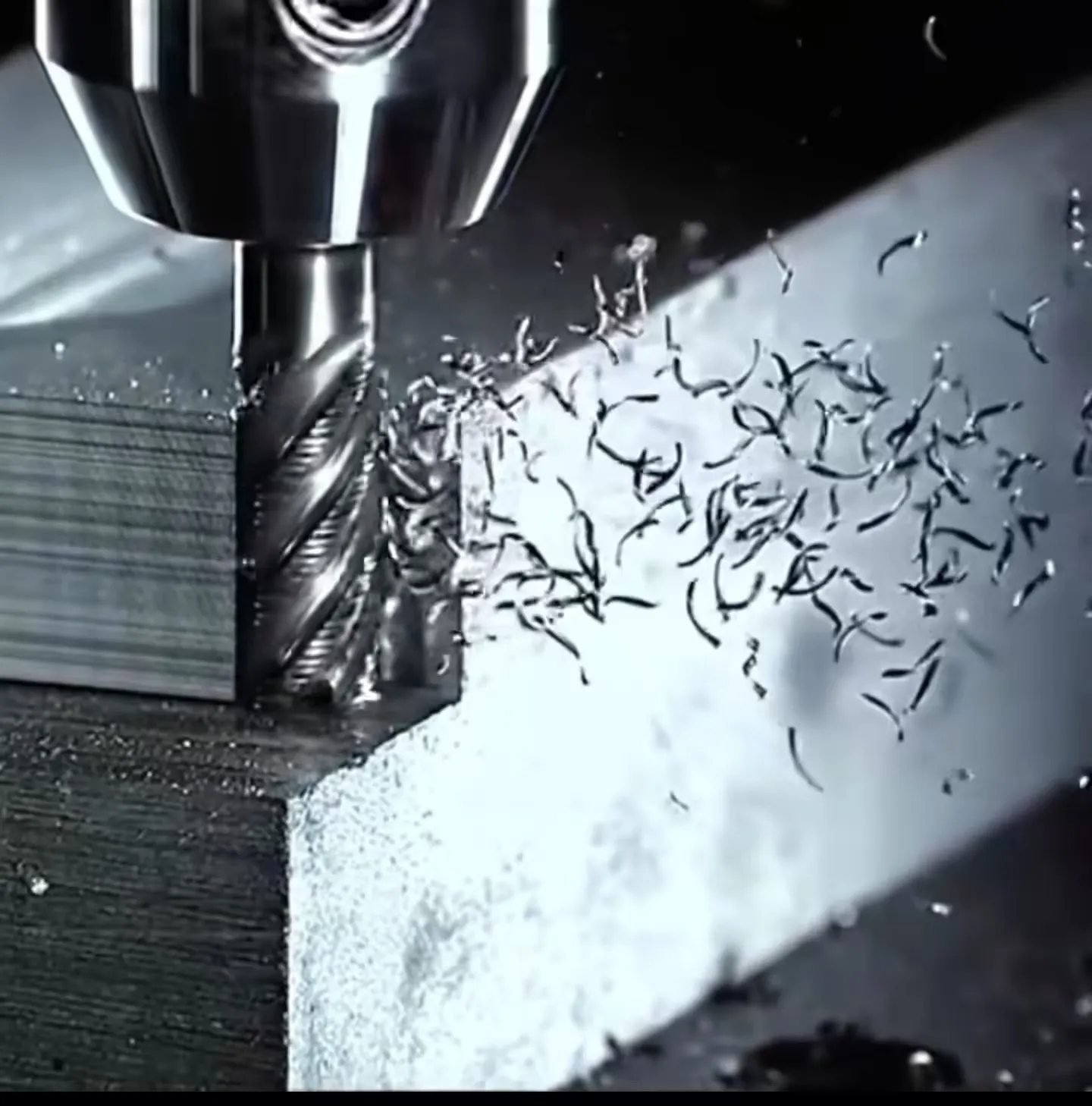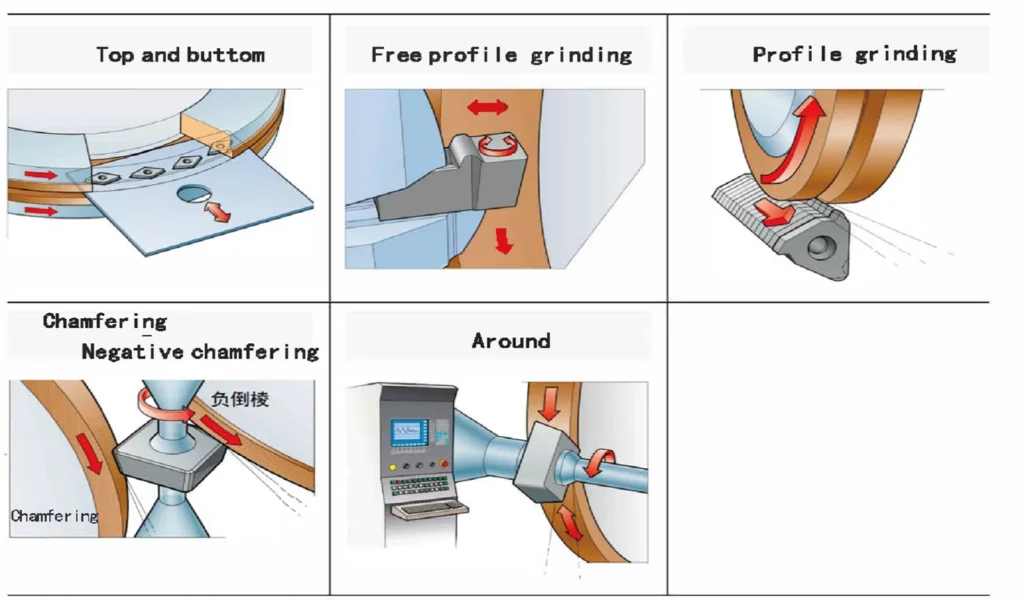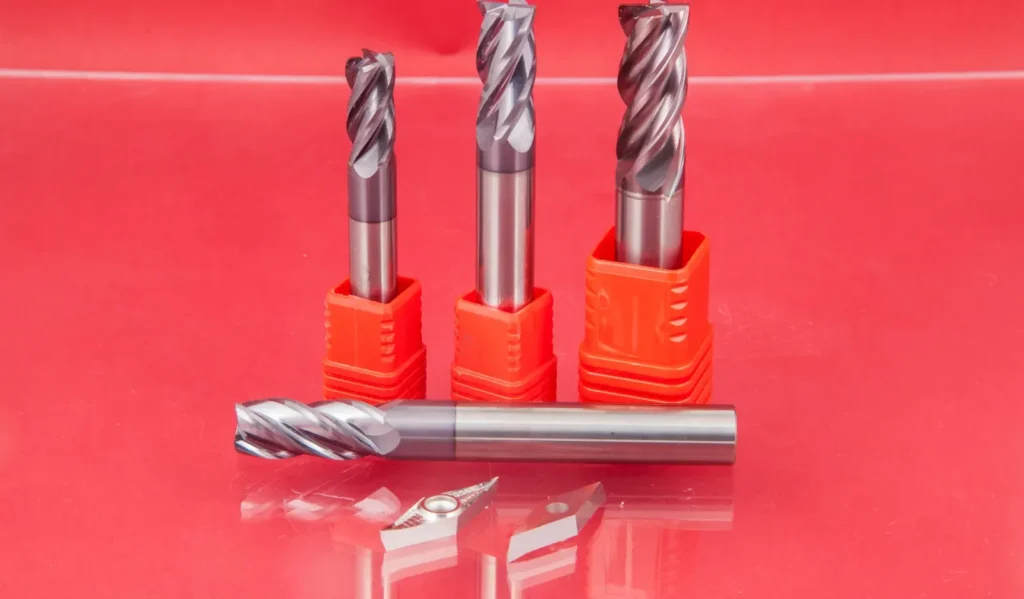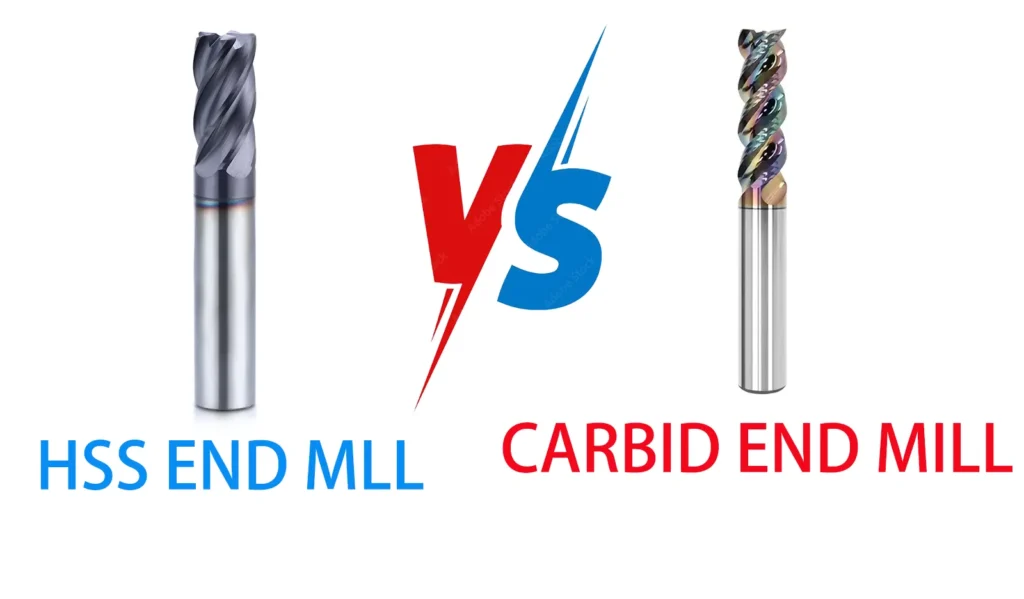Roughing vs Finishing End Mills: Mastering Machining Efficiency
In the world of precision machining, understanding the distinction between roughing vs finishing end mills is crucial for achieving optimal results. These two types of cutting tools play distinct roles in the machining process, each contributing to the final product’s quality and efficiency. This comprehensive guide will explore the characteristics, applications, and key differences between roughing and finishing end mills, helping you make informed decisions for your machining projects.
Understanding Roughing vs Finishing End Mills: An Overview
When it comes to metalworking and CNC machining, the choice between roughing vs finishing end mills can significantly impact the quality and efficiency of your project. Both types of end mills serve specific purposes in the machining process, and understanding their unique characteristics is essential for achieving superior results.

Roughing End Mills: Characteristics and Applications
Roughing end mills are designed to remove large amounts of material quickly and efficiently. These robust cutting tools are characterized by their unique features:
- Coarse tooth geometry
- Deep flutes for efficient chip evacuation
- Larger diameter compared to finishing end mills
- Stronger cutting edges to withstand high cutting forces
Roughing end mills are primarily used in the initial stages of machining, where rapid material removal is the primary goal. They excel in:
- Hogging out pockets
- Creating initial contours
- Preparing workpieces for subsequent finishing operations
Finishing End Mills: Features and Uses
In contrast to their roughing counterparts, finishing end mills are designed for precision and surface quality. Key characteristics include:
- Fine tooth geometry
- Shallow flutes for smoother surface finishes
- Smaller diameter for intricate details
- Sharper cutting edges for clean cuts
Finishing end mills are employed in the later stages of machining to achieve:
- High-quality surface finishes
- Tight tolerances
- Precise dimensions and geometries
Roughing vs Finishing End Mills: What’s the Main Difference?
The primary distinction between roughing and finishing end mills lies in their design and intended purpose. Roughing end mills prioritize material removal rate over surface finish, while finishing end mills focus on achieving precise dimensions and superior surface quality.
Key differences include:
- Tooth geometry: Roughing end mills have coarser teeth, while finishing end mills feature finer teeth.
- Flute depth: Roughing end mills have deeper flutes for chip evacuation, whereas finishing end mills have shallower flutes for smoother cuts.
- Cutting edge strength: Roughing end mills have stronger, more robust cutting edges to withstand higher cutting forces.
- Dimensional accuracy: Finishing end mills are designed for tighter tolerances and more precise dimensioning.
| Characteristic | Roughing End Mills | Finishing End Mills |
|---|---|---|
| Primary Purpose | Rapid material removal | Achieving precise dimensions and surface finish |
| Tooth Geometry | Coarse, with larger gullets | Fine,with smaller gullets |
| Flute Depth | Deep flutes for chip evacuation | Shallow flutes for smoother cuts |
| Diameter | Generally larger | Usually smaller for intricate work |
| Cutting Edge Strength | Robust to withstand high cutting forces | Sharper for clean, precise cuts |
| Typical Feed Rates | Higher (0.004" to 0.012" per tooth) | Lower (0.001" to 0.004" per tooth) |
| Depth of Cut | Larger depths of cut possible | Shallower depths of cut for precision |
| Surface Finish | Rougher | Smoother |
| Dimensional Accuracy | Less precise | High precision |
| Material Removal Rate | High | Low |
| Tool Life Under Heavy Use | Longer due to robust design | Shorter if used for heavy material removal |
| Typical Applications | Hogging out material, creating rough shapes | Fine detailing, achieving final dimensions |
| Stage of Machining Process | Initial stages | Final stages |
| Chip Formation | Larger chips | Smaller chips or swarf |
| Cutting Forces | Higher | Lower |
| Vibration and Chatter | More resistant to vibration | More susceptible to vibration |
| Cost | Generally more expensive | Varies, can be less expensive for standard sizes |
| Workpiece Stress | Can induce more stress in the workpiece | Minimal stress induction |
Are Roughing End Mills Worth It?
Investing in roughing end mills can significantly improve machining efficiency and tool life. Here’s why they’re worth considering:
- Faster material removal: Roughing end mills can remove material up to 5 times faster than standard end mills.
- Reduced machining time: By quickly removing bulk material, roughing end mills can dramatically decrease overall project time.
- Extended tool life: By distributing cutting forces across a larger area, roughing end mills experience less wear and tear.
- Improved finishing results: Proper use of roughing end mills can lead to better results during finishing operations.
While roughing end mills may have a higher initial cost, their benefits in terms of time savings and improved efficiency often outweigh the investment.

What is the Difference Between Roughing and Finishing Feed Rates?
Feed rates play a crucial role in the performance of both roughing and finishing end mills. Understanding the difference in feed rates is essential for optimizing your machining process:
Roughing Feed Rates
- Generally higher than finishing feed rates
- Typically range from 0.004″ to 0.012″ per tooth
- Aim to maximize material removal rate
- May result in a rougher surface finish
Finishing Feed Rates
- Lower than roughing feed rates
- Usually range from 0.001″ to 0.004″ per tooth
- Focus on achieving smooth surface finishes
- Prioritize dimensional accuracy over material removal rate
The specific feed rates will vary depending on factors such as material properties, tool geometry, and desired surface finish. It’s essential to consult manufacturer recommendations and conduct test cuts to determine optimal feed rates for your specific application.
What is the Purpose of a Roughing Mill?
The primary purpose of a roughing mill is to efficiently remove large amounts of material from a workpiece in preparation for subsequent machining operations. Key objectives include:
- Rapid material removal: Quickly reducing the workpiece to near-net shape
- Stress relief: Removing stressed outer layers of material
- Improved finishing results: Creating a consistent starting point for finishing operations
- Reduced wear on finishing tools: By removing the bulk of material, roughing mills extend the life of finishing tools
By employing roughing mills in the initial stages of machining, manufacturers can significantly reduce overall production time and improve the quality of finished parts.
What is a Roughing End Mill Used For?
Roughing end mills find applications in various machining operations, including:
- Pocket milling: Quickly removing material from enclosed areas
- Profiling: Creating initial contours and shapes
- Slotting: Cutting wide grooves or channels
- Face milling: Removing material from flat surfaces
- Plunge cutting: Making deep cuts into the workpiece
These versatile tools are particularly useful in industries such as:
- Aerospace: Machining large structural components
- Automotive: Creating engine blocks and transmission housings
- Mold making: Roughing out mold cavities
- General manufacturing: Preparing workpieces for finishing operations
Optimizing Your Machining Process: When to Use Each Type
To achieve the best results in your machining projects, it’s crucial to understand when to use roughing vs finishing end mills:
When to Use Roughing End Mills
- Initial stages of material removal
- When working with hard or difficult-to-machine materials
- For projects requiring rapid stock removal
- When preparing workpieces for finishing operations
When to Use Finishing End Mills
- Final stages of machining
- When tight tolerances are required
- For achieving high-quality surface finishes
- When working on intricate details or complex geometries
By strategically employing both roughing and finishing end mills in your machining process, you can optimize efficiency, tool life, and overall part quality.
Conclusion: Balancing Roughing and Finishing for Optimal Results
Understanding the nuances of roughing vs finishing end mills is essential for achieving superior machining results. By leveraging the strengths of each type of end mill, manufacturers can optimize their machining processes for efficiency, quality, and cost-effectiveness.
Remember that the choice between roughing and finishing end mills isn’t always binary. In many cases, a combination of both types will yield the best results. By carefully considering factors such as material properties, project requirements, and desired outcomes, you can develop a machining strategy that maximizes the benefits of both roughing and finishing end mills.
As machining technology continues to evolve, stay informed about the latest developments in cutting tool design and machining strategies. By continually refining your approach to roughing vs finishing end mills, you’ll be well-equipped to tackle even the most challenging machining projects with confidence and precision.



